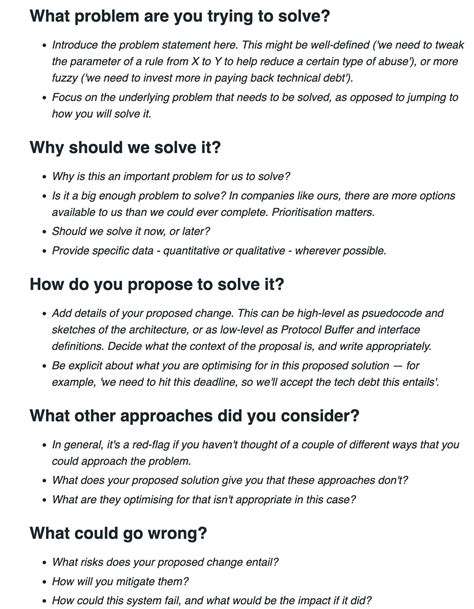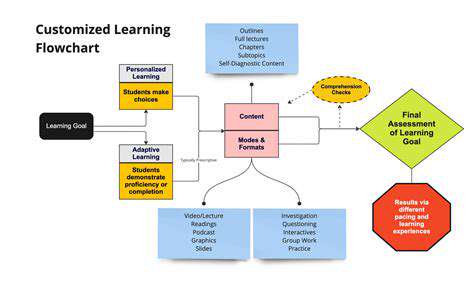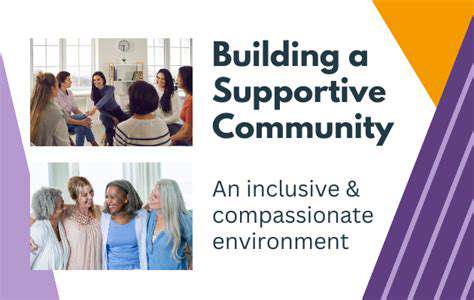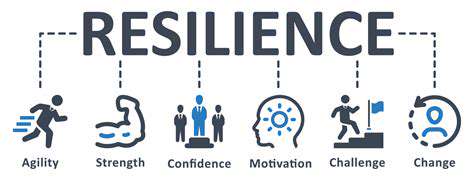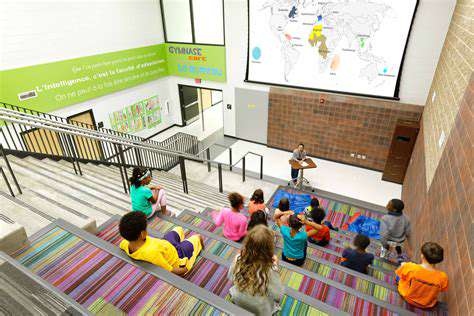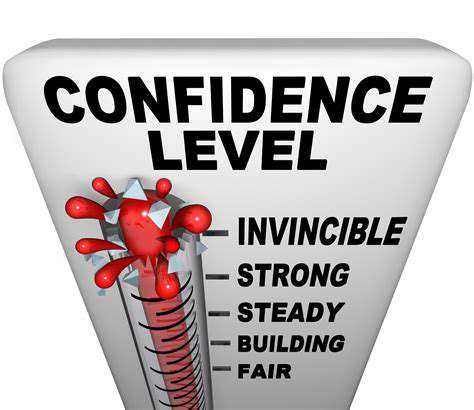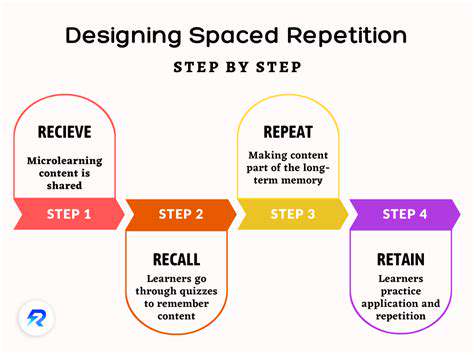Guide to Using the Feynman Technique for Understanding
Beyond the Basics: Optimizing Your Learning Experience
Harnessing Active Recall to Deepen Understanding
Active Recall is a powerful technique that involves actively stimulating your memory during the learning process, rather than passively reviewing material. By testing yourself regularly with questions or prompts related to the subject matter, you encourage your brain to retrieve information more effectively, reinforcing neural pathways and improving long-term retention. This method can be implemented through flashcards, practice quizzes, or even teaching concepts aloud to oneself or others, making learning more interactive and engaging.
Implementing active recall requires deliberate effort to challenge yourself beyond passive reading or highlighting. For instance, after studying a concept, close your notes and attempt to explain it in your own words, identifying gaps in your understanding. Repeating this process at spaced intervals not only enhances memory consolidation but also helps you recognize areas needing further review, thereby optimizing your overall learning efficiency. Over time, this approach transforms passive knowledge into active mastery, facilitating a deeper comprehension of complex topics.
Applying the Feynman Technique for Concept Mastery
The Feynman Technique is a method rooted in simplicity and clarity, encouraging learners to break down complex ideas into easy-to-understand explanations. To apply this technique, choose a concept you wish to learn thoroughly, then attempt to explain it as if teaching someone with no prior knowledge of the subject. Writing down this explanation helps identify any gaps or areas of confusion that need clarification, which you can then revisit and refine.
This iterative process of simplifying and teaching ensures that you truly understand the material rather than just memorizing facts. Additionally, by using analogies or everyday language, you make abstract or complicated concepts more relatable and memorable. The Feynman Technique not only boosts comprehension but also enhances your ability to communicate complex ideas effectively, making it an invaluable tool for mastering challenging topics in your learning journey.
The Feynman Technique: Your Personal Learning Accelerator
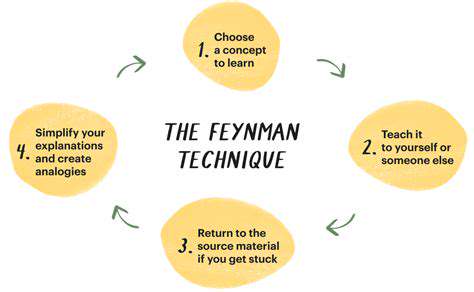
Understanding the Core Principles of the Feynman Technique
The Feynman Technique is a powerful method for mastering complex concepts by simplifying and teaching them to others. It involves breaking down intricate ideas into clear, understandable language that even a beginner could grasp. This process helps identify gaps in your knowledge and reinforces your understanding of the subject. When you attempt to explain a concept aloud or in writing, you're actively engaging with the material, which enhances retention and comprehension. This technique is especially useful for students, educators, and professionals seeking to deepen their expertise in a particular field.
Practical Steps to Implement the Feynman Technique Effectively
To utilize the Feynman Technique, start by choosing a concept you want to learn or understand better. Write down an explanation of the idea in simple terms, avoiding jargon and complex language. Next, review your explanation and identify areas where your understanding is lacking or unclear, then revisit the source material to clarify those points. Repeat this process until you can teach the concept seamlessly. This iterative approach not only solidifies your knowledge but also builds confidence in your ability to communicate complex ideas effectively.
Read more about Guide to Using the Feynman Technique for Understanding
Hot Recommendations
- How to Stay Productive While Working Remotely
- Tips for Managing Conflict with Coworkers
- Entrance & Certification Exams (升学考试)
- How to Improve Your Storytelling Skills (Speaking)
- How to Find Profitable Side Hustles
- Tips for Preparing for the TOEFL iBT Home Edition
- Guide to Switching Careers from [Industry A] to [Industry B]
- How to Run an Effective Hybrid Meeting
- Tips for Marketing Your Side Hustle on Instagram
